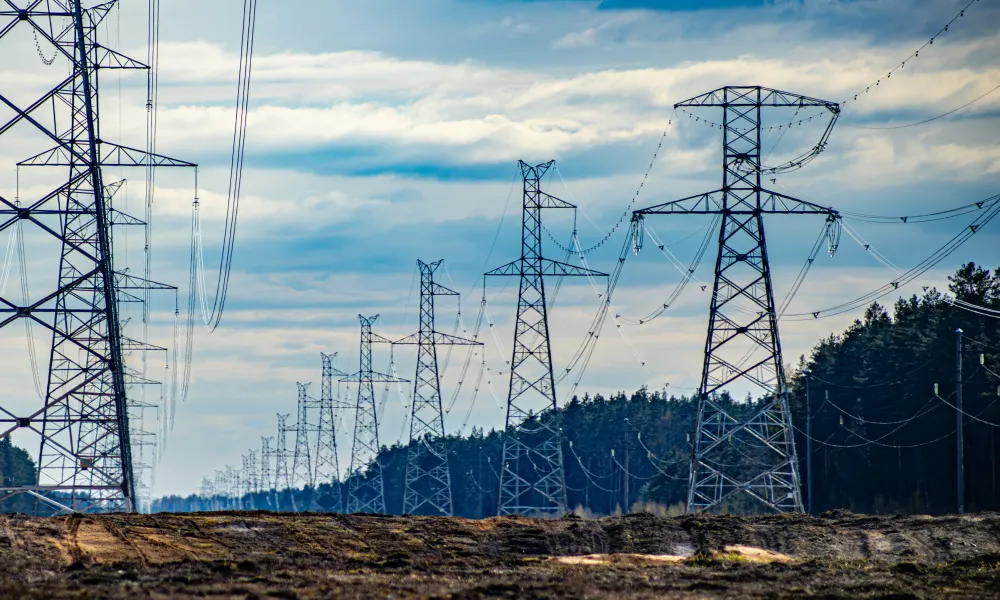October 1 marks the end of the electricity authority (EAC) monopoly in Cyprus as 17 open market participants join a new competitive commercial era, having signed a contractual framework of rules and regulations late last week.
Constantinos Varnava, Electricity Market Manager of the Transmission System Operator Cyprus (TSO) told CNA that the new participants include two producers (one joining with a 'virtual unit' with a capacity of less than 5 MW), nine Renewable Energy Sources (RES) Cumulative Representative Bodies and three RES producers.
He clarified that the EAC Generation and EAC Supply are two of the participants in the competitive market, but "special regulations and restrictions will apply because they hold a dominant position in the market".
So Wednesday will mark a kind of Electricity Independence Day as the first commercial transactions will officially take place, following a 10-month trial period that launched on January 7 but without financial transactions.
Most of the new actors in play are also active in the Electricity Market Transitional Regulation that has been in operation since 2021, trading 10% of total production and consumption.
How does electricity market liberalisation change consumers’ daily lives?
"Τhis is the framework in which producers sell and suppliers buy energy, pay fees for the services necessary for the operation of the electricity system and public utilities and are paid for the energy they inject or absorb from the electricity system, according to their measurements," Varnava clarified.
He noted that consumers and self-producers participate indirectly in the electricity market, through their suppliers, as active customers or members of energy communities.
Moreover, market participants, following the appropriate licenses by the Cyprus Energy Regulatory Authority (CERA), acquire various properties, notably Producers or RES Cumulative Representation Bodies and RES Producers for the production and sale of energy and Suppliers for the purchase of energy and its resale to consumers (end customers) in the retail market.
Benefits will not be tangible from day one and will seemingly only be indirect, with the market being a necessary element for a series of other actions that can create better market conditions for consumers, said Varnava.
By receiving the signals of wholesale market prices and with the appropriate consumption meters, suppliers will be able to structure pricing for their customers, tailored to their needs.
Competition between suppliers, as Varnava said, will bring pricing with many options to consumers, such as fixed, pricing with fuel price adjustment and dynamic pricing, where the customer will pay according to the wholesale market price.
What’s significant here, he added, are more consumer options, a free choice of supplier and the pricing meeting customer needs.
The idea here is that pricing will be structured in a way that reflects the competitive wholesale and retail markets, with consumers able to change the time they consume energy in order to take advantage of low prices in the competitive market.
As envisaged, consumers who have their own production either individually, as active customers or "cooperatively" as energy communities can also participate indirectly in the market.
"Consumer empowerment is a key element of the European Union's energy model and Cyprus is following this practice," Varnava said.
Investors will be able to utilise price differentiations to buy cheaply during times of high production from renewable sources and sell with a profit during times of high demand.
